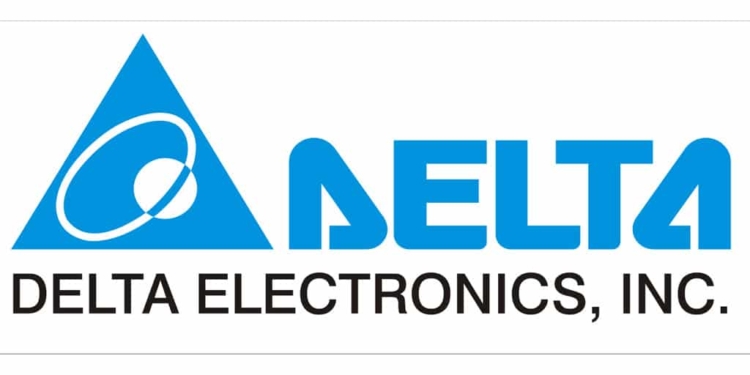source: DigiTimes news
Power supply maker and energy management solution developer Delta Electronics, in view of decreased gross margin for second-quarter 2018 due to increased cost for components mainly MOSFET and passive components, has negotiated upward adjustments in product pricing with clients, with new prices taking effect beginning July, said company chairman Yancey Hai at an August 1 investors conference.
Of the consolidated revenues of NT$57.897 billion (US$1.90 billion) for the second quarter, power supplies and related components accounted for 49.29%; devices used in ICT (information and communication technology) and energy infrastructure, 32.86%; devices used in industrial automation and building automation, 17.29%.
Industrial automation devices have been mostly impacted by US increasing tariffs for China-made products, Hai said. To cope with the US-China trade tensions, Delta Electronics will fully acquire its Thailand-based joint-venture Delta Electronics (Thailand) Public Company (DET), which has factories in Thailand, India and Slovakia and marketing bases in Southeast Asia, India, Europe and Australia, Hai explained.
Delta Electronics has made significant investments in the market for devices used in electric vehicles, Hai said. Although the revenue proportion for such devices is only 1-2% at present, Delta Electronics has become a supplier for Ford Motor, General Motors, Fiat Chrysler Automobiles, Mercedes-Benz, BMW, and other automakers in Japan and China, Hai indicated.
For an electric vehicle, Delta Electronics can provide devices worth more than US$2,000 in total, Hai noted.































